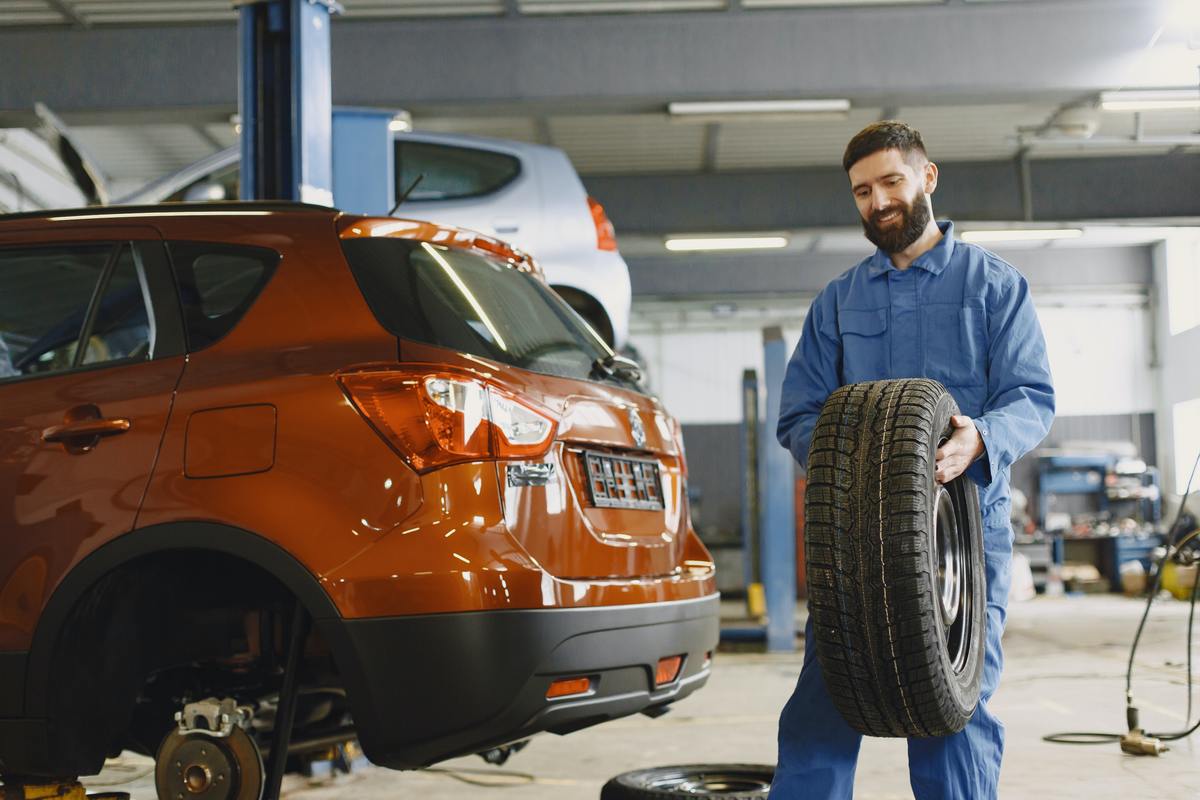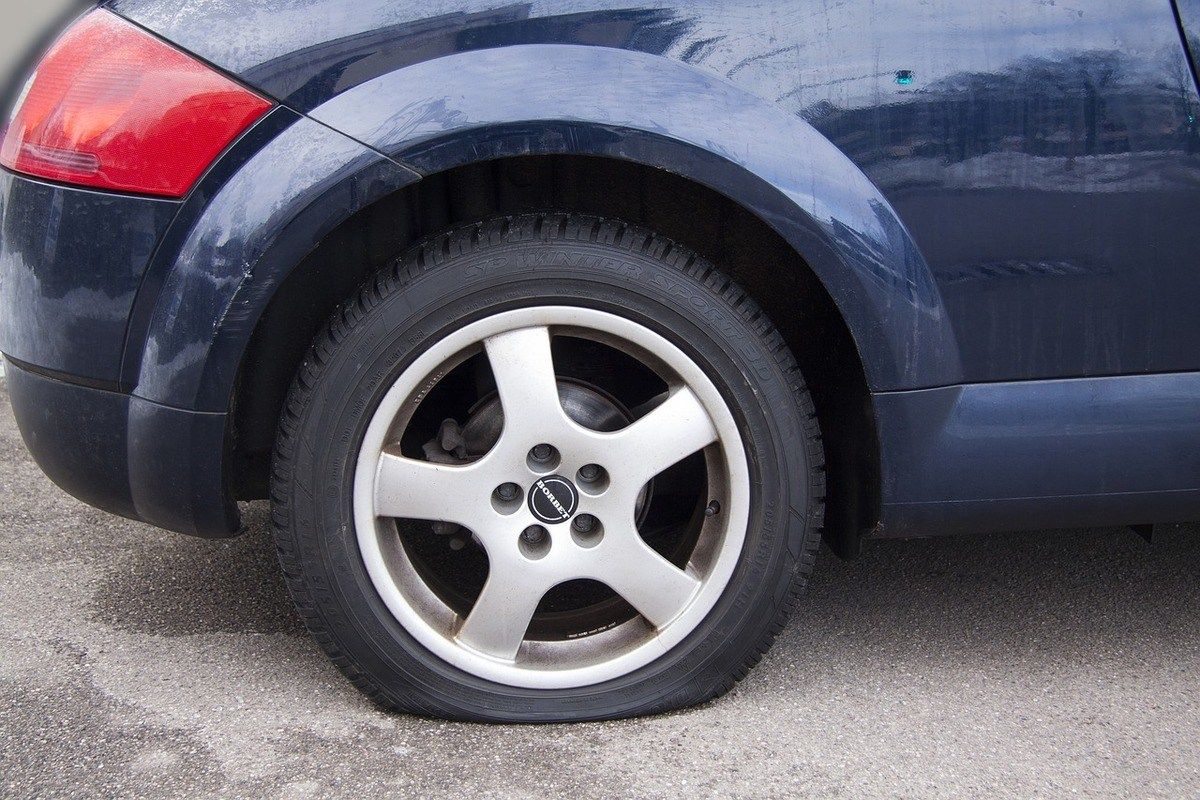The 3 Tire Repair Methods Every Car Owner Should Know
-
Written by Eric Riddles
-
Published on March 22, 2023
-
Category: Tires
Getting a flat tire on your way to work or school can be a real inconvenience. While occasionally a flat tire will need to be replaced, many times a puncture will simply need to be repaired. Keep reading to learn about the three tire repair options available.

1. Tire Plugs
A tire plug is a piece of leather coated with an expandable and sticky rubber substance. The plug works exactly like its name suggests, as you stick it into your tire to fill the puncture hole until the air stops leaking from it. The rubber substance then completely holds the plug-in place when it hardens from the heat generated while you drive. Making use of tire plugs to repair damages is the easiest and most cost-friendly method available to you. However, we don't recommend tire plugs for large holes, irregularly shaped holes, holes that are close to the tire sidewall, or holes near another repaired spot. In addition, tire plugs do not typically last as long as other tire repair methods.
2. Tire Patches
A tire patch is a flat piece of adhesive rubber that is stuck onto the hole from the inside of the tire. The tire is taken out of its rim, the area around the puncture or cut is cleaned, and then the patch is placed over the damaged spot. Patches also have the vulcanizing qualities of plugs where they harden and hold in place as heat is generated while you drive. As you may have guessed, this type of repair costs more than tire plugs as they are more durable and require a more strenuous and complicated procedure to pull off. However, it's important to know that patches will not work on the tire sidewall and on holes larger than a quarter of an inch.
3. Tire Plug-Patch Combination
The plug-patch combination uses a mushroom-shaped material that combines the mechanisms of plugs and patches to ensure your tires have the best fix possible. This material is a patch with a plug coming with it where you stick the patch on the inside of the tire and pull the plug from its outside to fill and seal the hole. Sometimes, the mechanic expands the hole to ensure the plug fits in perfectly. Just like with the regular patch and plug fixes, however, you also can't apply this to sidewall damages, near other repaired spots, or on holes larger than a quarter of an inch. In these three cases, you need to have your tire replaced.
Contact Our Tire Repair Experts
When done right, repaired tires can last seven to 10 years, which is as long as the lifespan of an undamaged tire. At Custom Complete Automotive, we offer reliable tire repair and replacement services around Columbia, Jefferson City, and St. Louis, MO. To learn more about our tire repair services, contact us today!
Find an Auto Repair Shop Near You
We have multiple auto repair shops throughout Missouri located in Columbia, Jefferson City, and St. Louis.
Eric Riddles is an ASE Certified Master Automobile Technician who has been working as an auto mechanic since 1998 and originally joined the team at Custom Complete Automotive in 2005. Eric has numerous certifications in various aspects of car repair and spent 10 years training the next generation of auto technicians at a local high school Auto Shop classroom.



